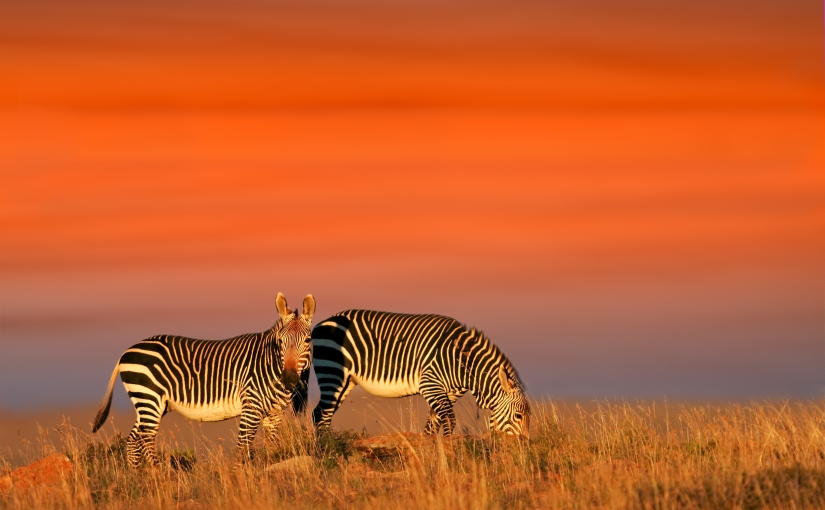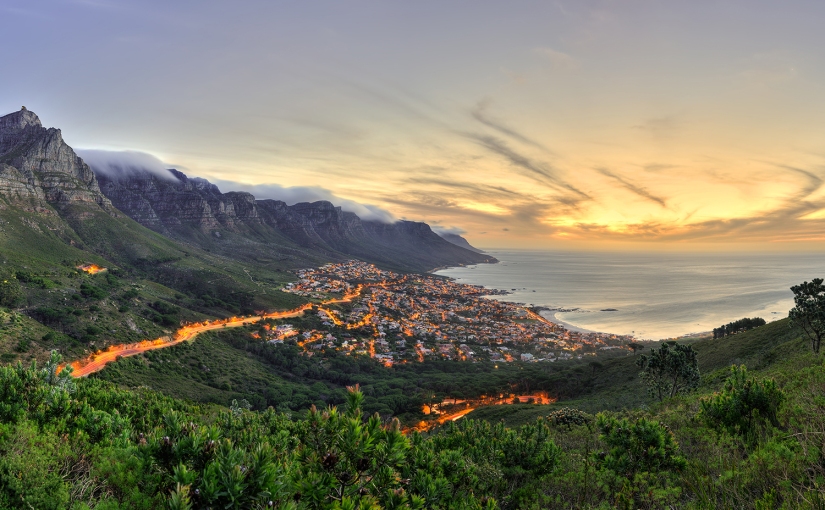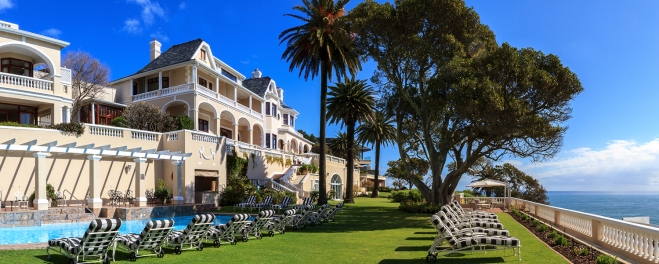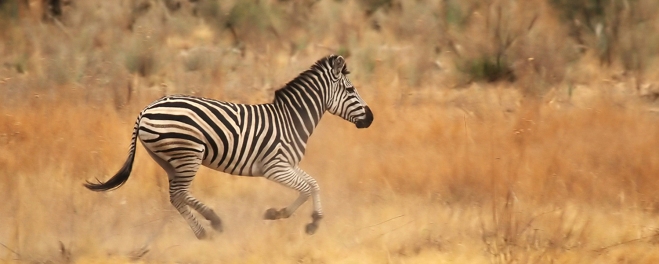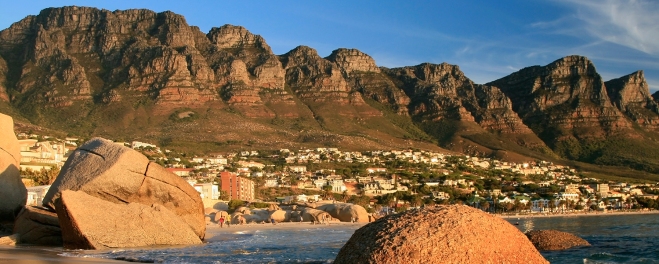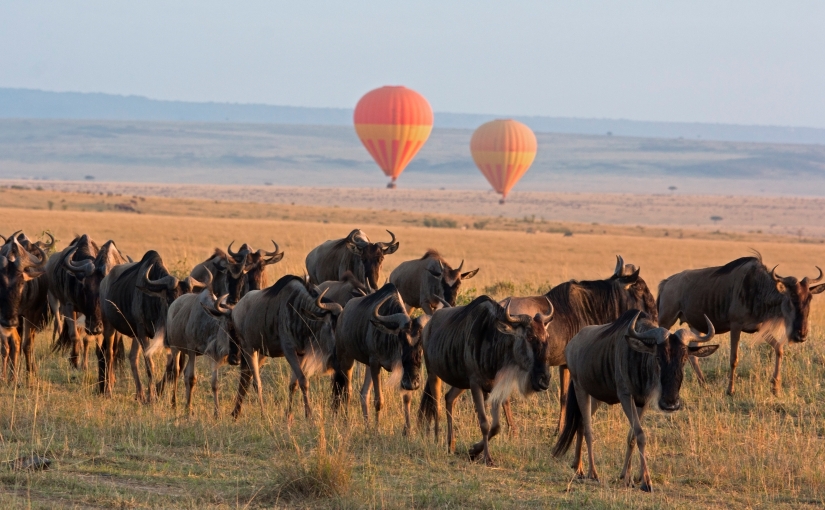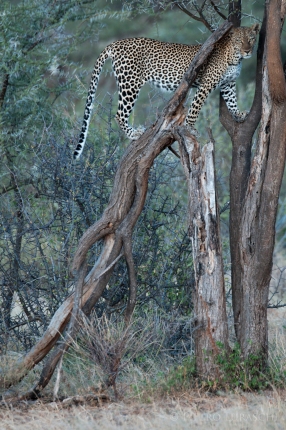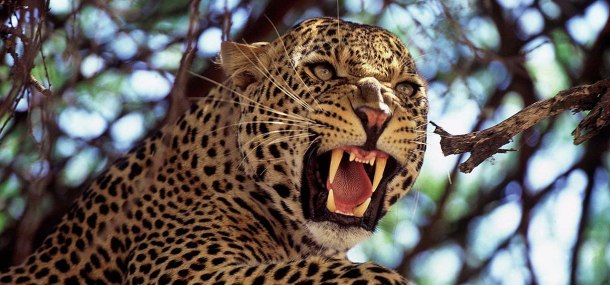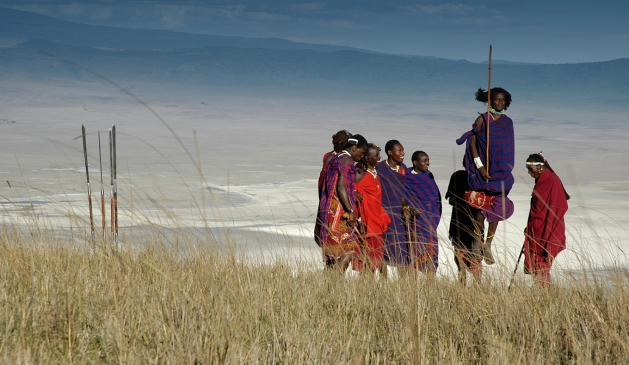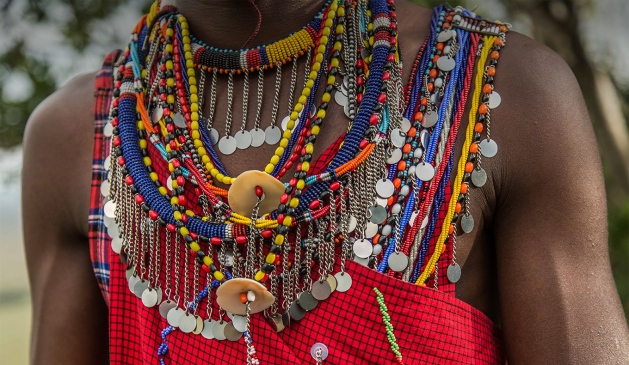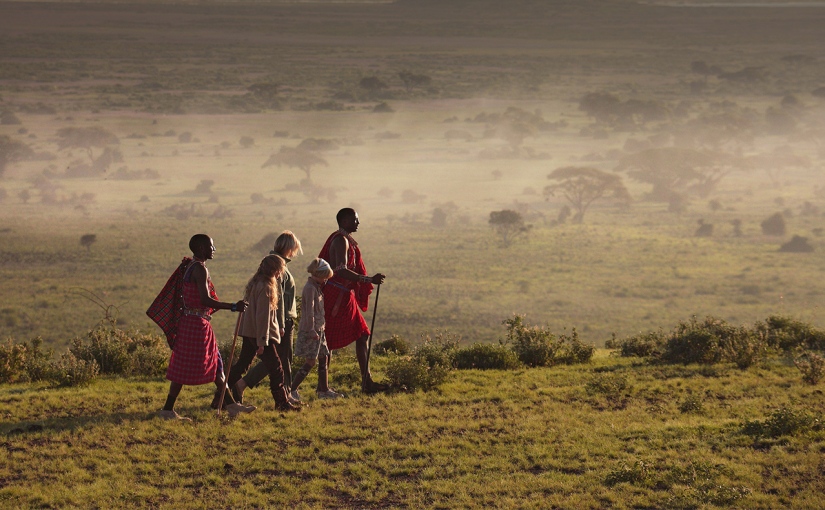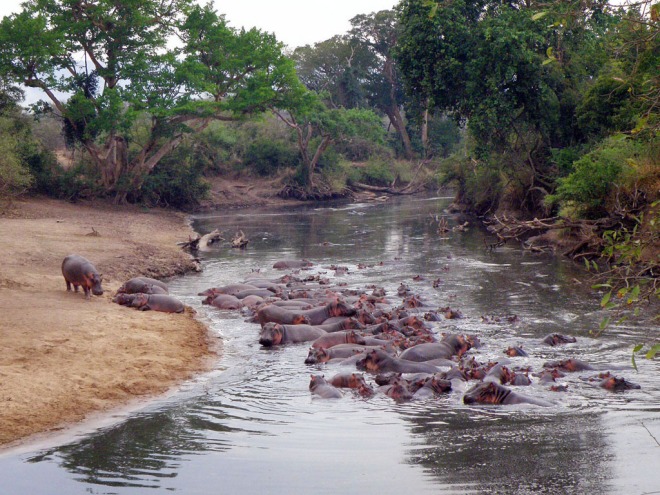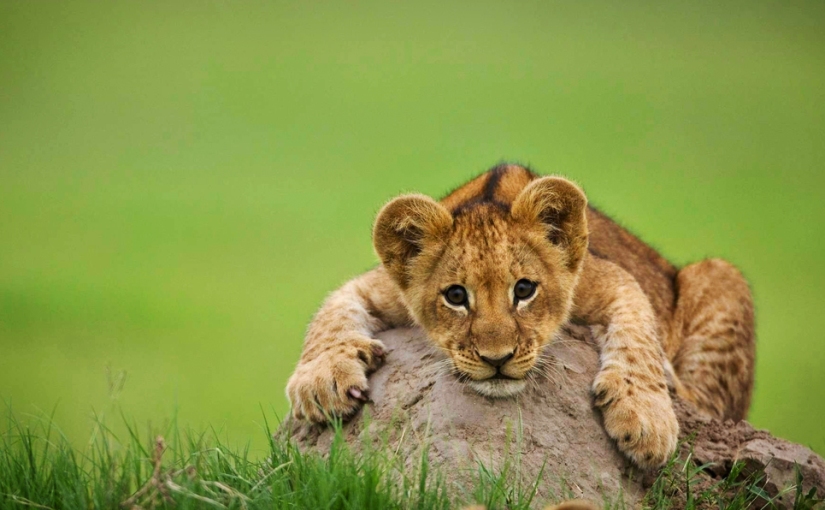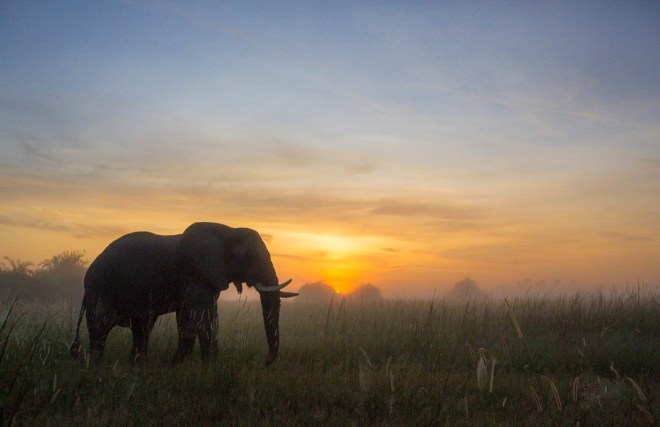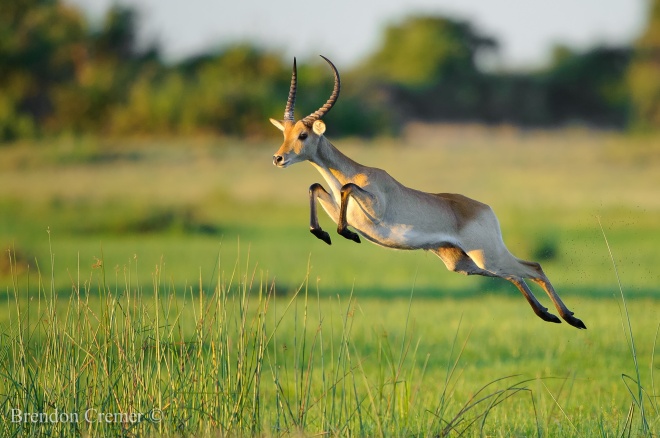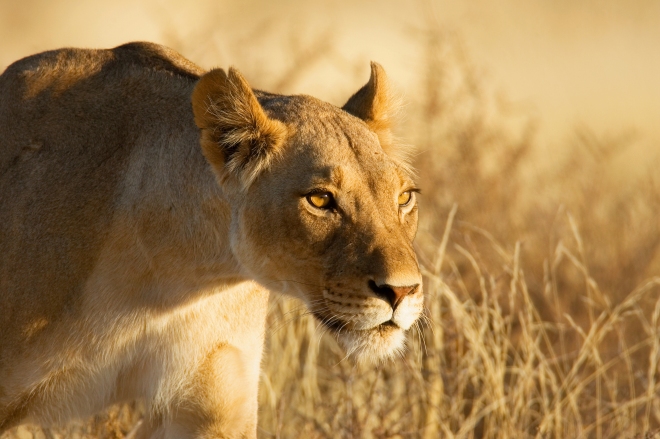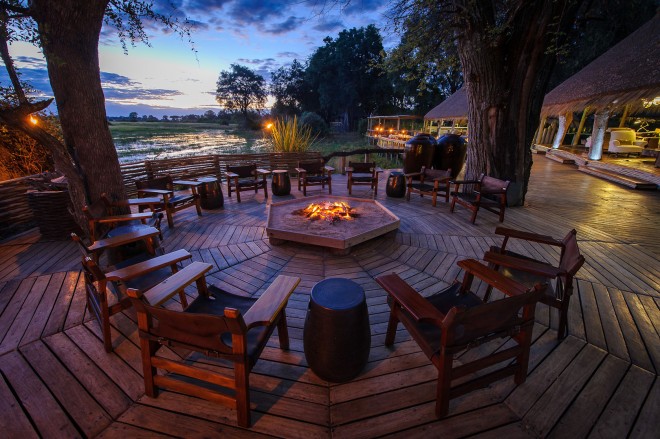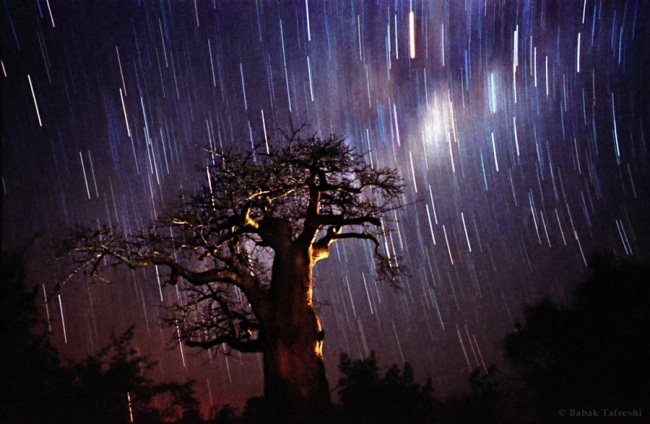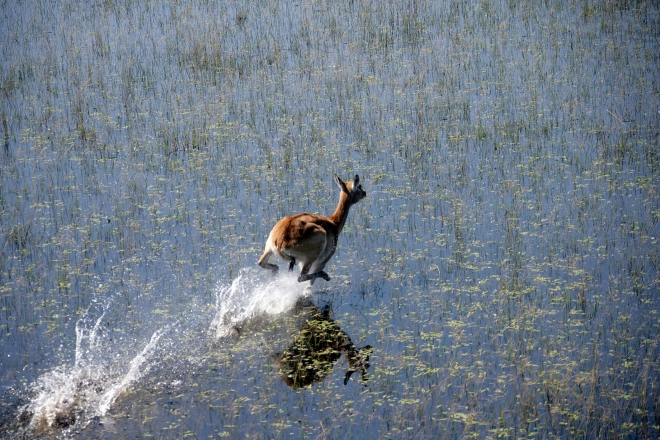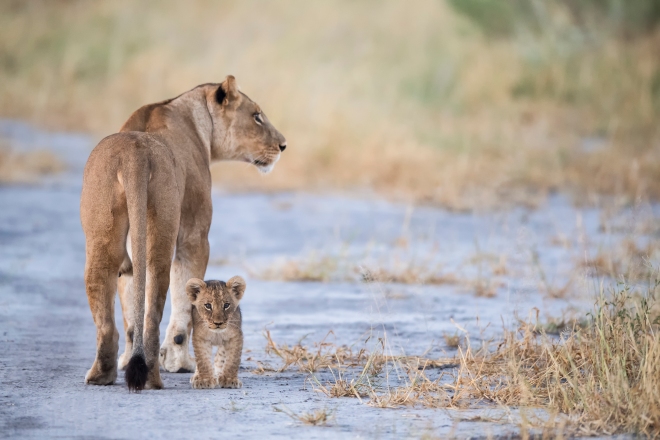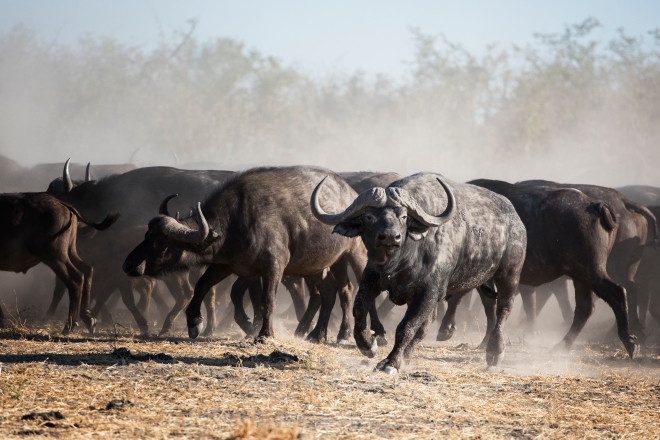Madikwe Game Reserve is a South African conservation success story with a people-based approach to wildlife, setting the bar for similar projects in Africa.
Madikwe Game Reserve is one of South Africa’s finest and largest wildlife sanctuaries, 90km north of Zeerust. The park is predominantly open grasslands, dotted with rocky outcrops and single mountains. It is unique because of its position geographically between the Kalahari and the traditional bushveld of South Africa.
Prior to the land being proclaimed as a wildlife reserve in 1991, the area consisted of mostly degraded cattle farms. A study commissioned and conducted by Settlement Planning Services showed that developing the land into a game reserve linked to wildlife-based tourism was the most efficient form of land use and would be most beneficial to local communities. Madikwe is one of the ONLY game reserves in the world to be proclaimed purely on these grounds.
The process of reintroducing wildlife to the Madikwe region began in 1992 under the codename Operation Phoenix – quite apt as populations of elephant, cape buffalo and black and white rhino were quite literally brought back to life here. Today, Madikwe is considered one of the best game viewing conservation success stories in Africa, where you can see all of the Big 5, as well as rarer species from up in the Kalahari.
Operation Phoenix is still one of the largest wildlife translocation projects to ever take place in the world. The impressive feat involved the introduction of over 8000 animals into a newly fenced reserve – a renowned accomplishment in the conservation world. It was also the first time entire elephant families had ever been relocated and the first instance where African wild dogs were introduced to a fenced reserve.
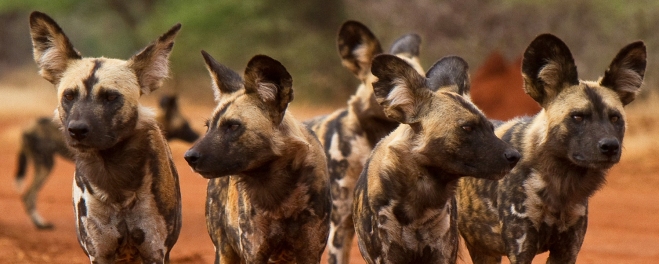
Madikwe Game Reserve is run as a joint venture between North West Parks and Tourism Board, the private sector and local communities and the success of the approach has made Madikwe a role model for similar ventures in South Africa. Unlike almost every other state-owned park in Africa, the approach at Madikwe puts the needs of the people before that of wildlife and conservation. NWPTB believes that if local communities and the region as a whole can benefit significantly from wildlife conservation, then firm support for protected areas will be achieved and important conservation objectives will be met more easily.
Following Operation Phoenix, Madikwe Game Reserve has also successfully reintroduced rare predatory species including Transvaal lions, South Africa cheetahs, spotted hyenas and Cape wild dogs – bringing the total large mammal population of the reserve up to over 10 000. Madikwe also boasts an incredible 350 bird species, making it a paradise for any enthusiastic birdwatchers.

Because of its location near the edge of the Kalahari Desert and the number of rare species found in the reserve, field guides refer to the ‘Madikwe Top Ten’ in favour of the traditional Big 5. So besides being able to see elephant, buffalo, lion, leopard and both black and white rhino, you should also look out for hippo, giraffe, wild dogs, hyena, cheetah and a variety of rare antelope.
Madikwe is currently the 5th largest game reserve in South Africa – covering 75 000 hectares – and is not yet as widely known as Kruger or Addo- meaning safaris are usually far less crowded and sightings far more intimate. A safari to Madikwe Game Reserve easily combines with a visit to Pilanesberg, as well as popular areas of South Africa including Cape Town and Kruger National Park. Madikwe Game Reserve is also easily accessible from Johannesburg- just a 3-and-a-half-hour drive away.
The reserve has a good variety of private game lodges but there are no day-visitor facilities and the reserve is only open to those who stay at one of the lodges. Generally, your safari experience in Madikwe will be exclusive and personal, with staff and managers going out of their way to make your experience in Madikwe as memorable as possible.
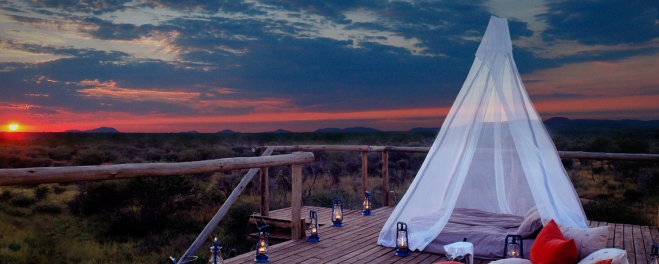
Other places of interest within Madikwe Game Reserve:
- The Kaditshwene Ruins (Tshwenyane Hills)
The Kaditshwene Ruins are of the largest Iron Age stone-built city in South Africa. In 1820, the city was larger than Cape Town and remained the manufacturing, trading and cultural capital of the Bahurutshe before the 1600s, all the way up to 1823.
- Bosman’s School
A school built in the 1920s, where the well-known writer Herman Charles Bosman taught.
- Abjaterskop and Dwarsberg Hills
Hills and kopjes, which contain ancient iron and copper mines and many Iron Age settlements.
- Khunwana
Khunwana was the capital city of the Barolong people in the 1920s and 30s and the site of 2 important battles. On 6 August 1832 the town was attacked by Mzilikazi’s Ndebele which precipitated the Barolong migrations. Writer Sol Plaatje based his novel Mhudi on these events.

Interested in making Madikwe Game Reserve part of your South Africa safari? Get in touch with our travel experts for the best advice on how to design your itinerary.
Discover some of our hand-picked game lodges to stay at in Madikwe Game Reserve.
Follow us on Instagram: @robertmarksafaris.com
